Forums
- Forums
- Duggy's Reference Hangar
- RAF Library
- Miles Master
Miles Master
Post a reply
- Go to Previous topic
- Go to Next topic
- Go to Welcome
- Go to Introduce Yourself
- Go to General Discussion
- Go to Screenshots, Images and Videos
- Go to Off topic
- Go to Works in Progress
- Go to Skinning Tips / Tutorials
- Go to Skin Requests
- Go to IJAAF Library
- Go to Luftwaffe Library
- Go to RAF Library
- Go to USAAF / USN Library
- Go to Misc Library
- Go to The Ops Room
- Go to Made in Germany
- Go to Campaigns and Missions
- Go to Works in Progress
- Go to Juri's Air-Raid Shelter
- Go to Campaigns and Missions
- Go to Works in Progress
- Go to Skinpacks
- Go to External Projects Discussion
- Go to Books & Resources
-
11 years agoSun Dec 01 2013, 11:20pm
 Main AdminThe Miles M.9 Master was a British 2-seat monoplane advanced trainer built by Miles Aircraft Ltd for the Royal Air Force and Fleet Air Arm during the Second World War. It went through a number of variants according to engine availability and was even modified as an emergency fighter during the Battle of Britain. It was a fast, strong and fully aerobatic aircraft and served as an excellent introduction to the high performance British fighter aircraft of the day: the Spitfire and Hurricane.
Main AdminThe Miles M.9 Master was a British 2-seat monoplane advanced trainer built by Miles Aircraft Ltd for the Royal Air Force and Fleet Air Arm during the Second World War. It went through a number of variants according to engine availability and was even modified as an emergency fighter during the Battle of Britain. It was a fast, strong and fully aerobatic aircraft and served as an excellent introduction to the high performance British fighter aircraft of the day: the Spitfire and Hurricane.
The M.9A Master I was based on the M.9 Kestrel trainer that was first demonstrated at the Hendon Air show in July 1937, although it never entered production. The M.9 Kestrel, powered by the 745 hp (555 kW) Rolls-Royce Kestrel XVI V-12 engine, could reach 296 mph (477 km/h). The Air Ministry had selected the de Havilland Don as its advanced trainer, but this proved to be a failure, and the RAF placed a ?2 million order for 500 examples of a modified version of the Kestrel, the M.9A Master. Miles rebuilt the prototype M.9 to form a prototype for the Master, fitting a lower powered (715 hp (535 kW)) Rolls-Royce Kestrel XXX engine, of which there were large surplus stocks available, and with extensive revisions to the airframe, which included a new cockpit canopy, a modified rear fuselage and tail, and moving the radiator from under the nose to under the centre-section of the wing. These modifications significantly reduced the aircraft's speed, but it remained one of the fastest and most maneuverable trainers of its day. The first true production Master I made its maiden flight on 31 March 1939. The Master entered service just before the start of the war, and eventually 900 Mk. I and Mk. IA Masters were built. This total included 26 built as the M.24 Master Fighter which were modified to a single-seat configuration, and armed with six .303 in machine guns for use as an emergency fighter, but did not see combat.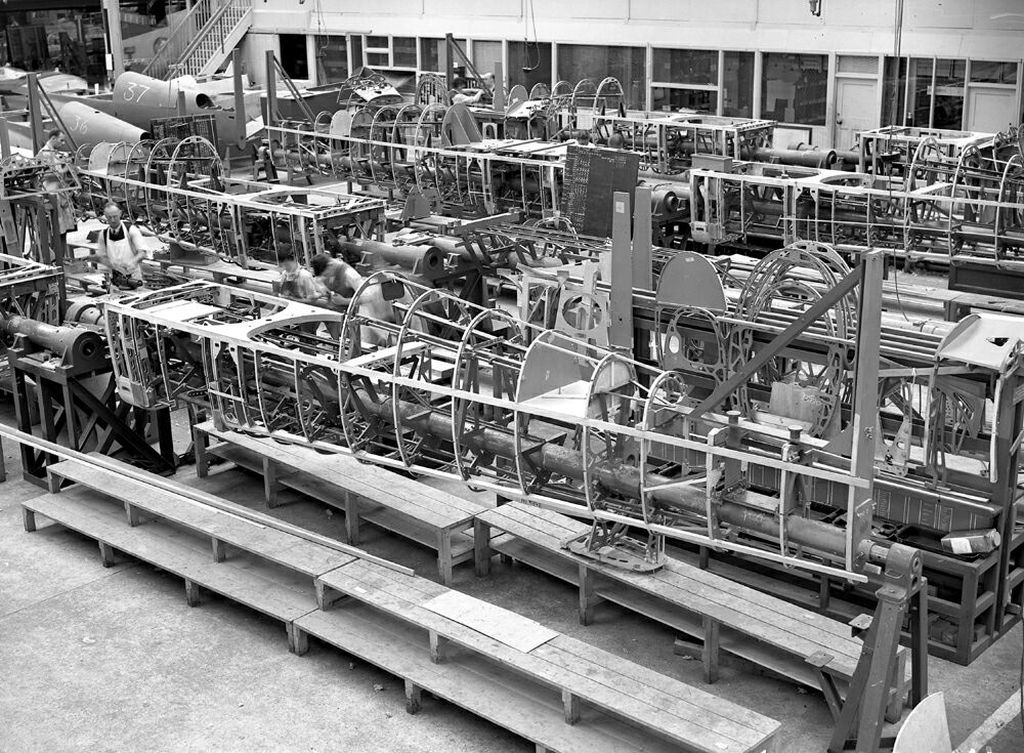
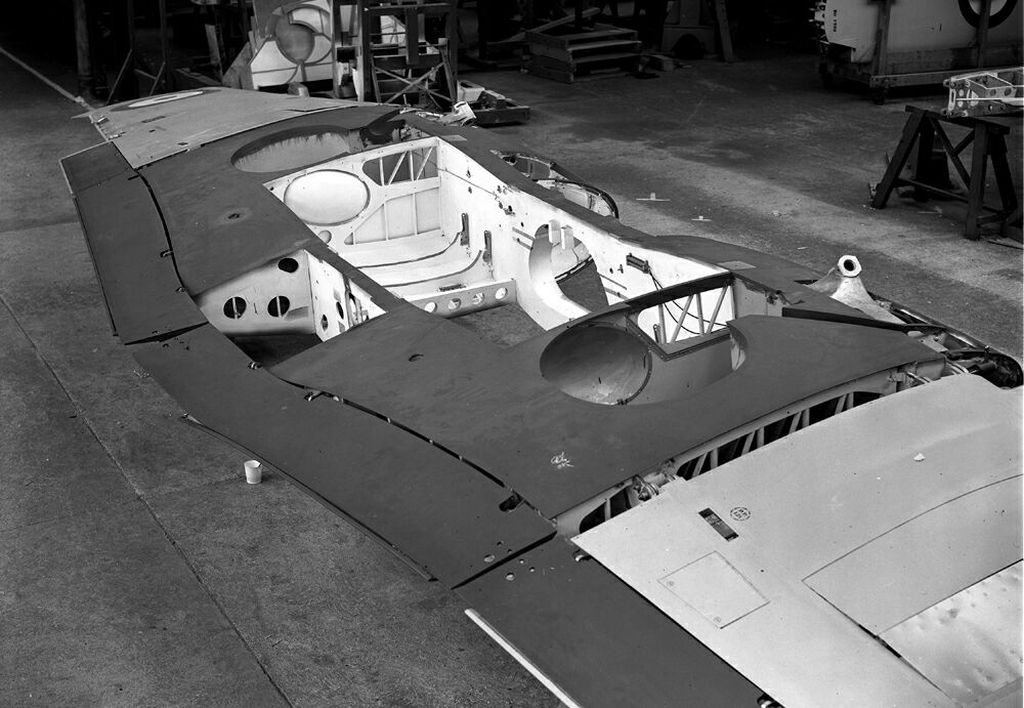
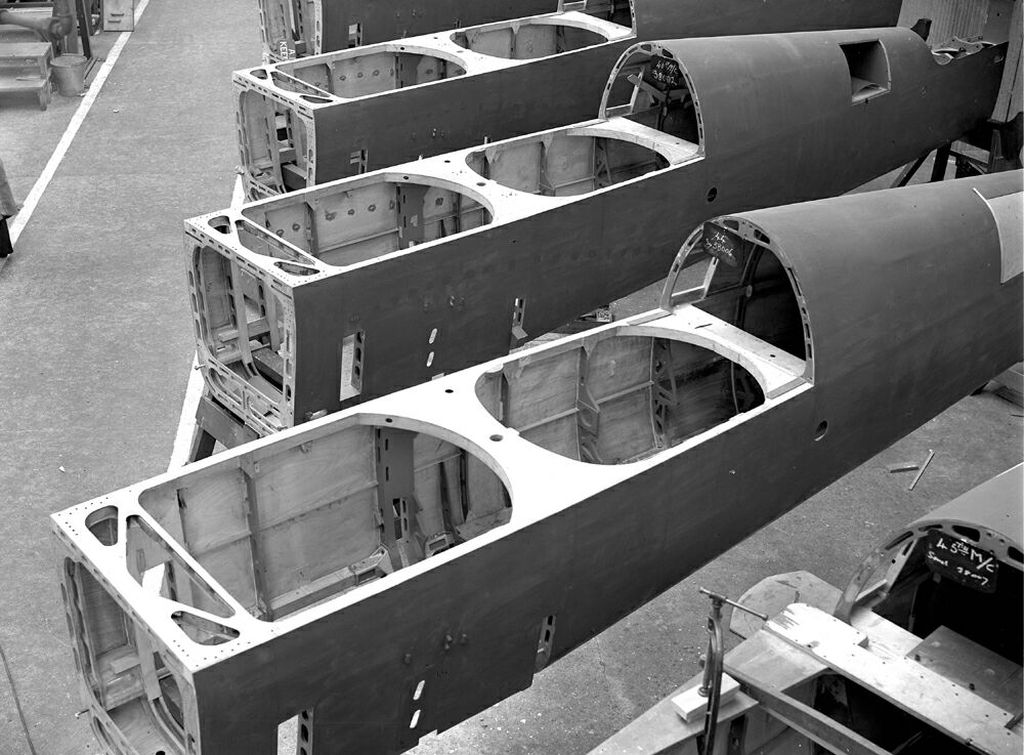

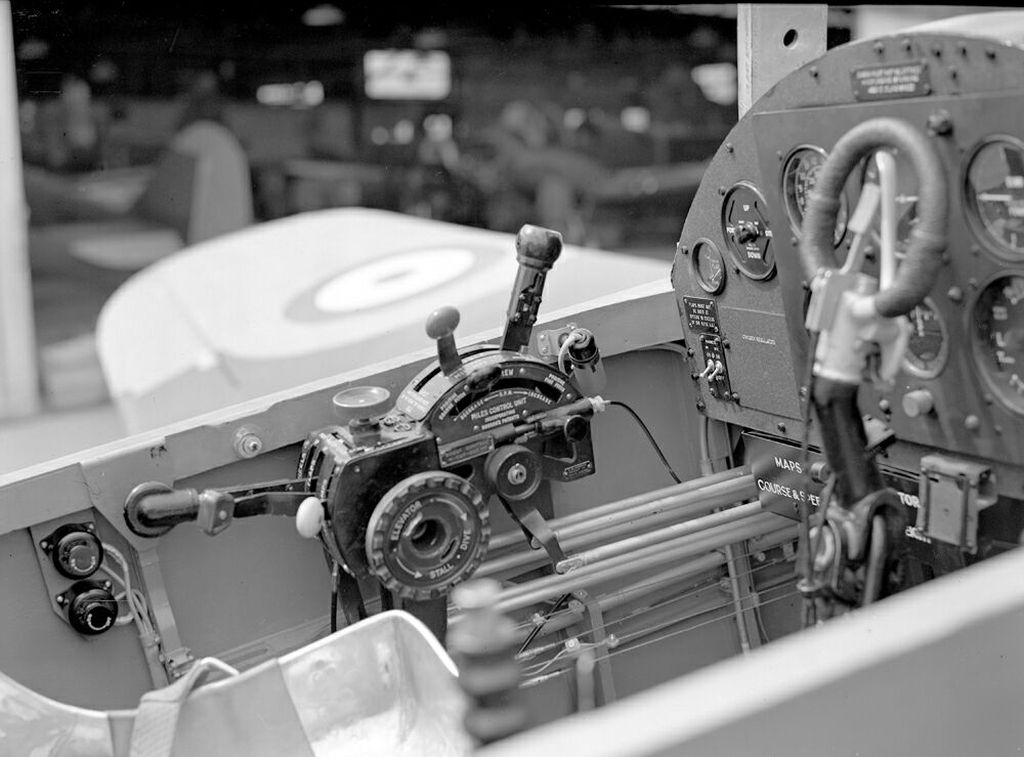
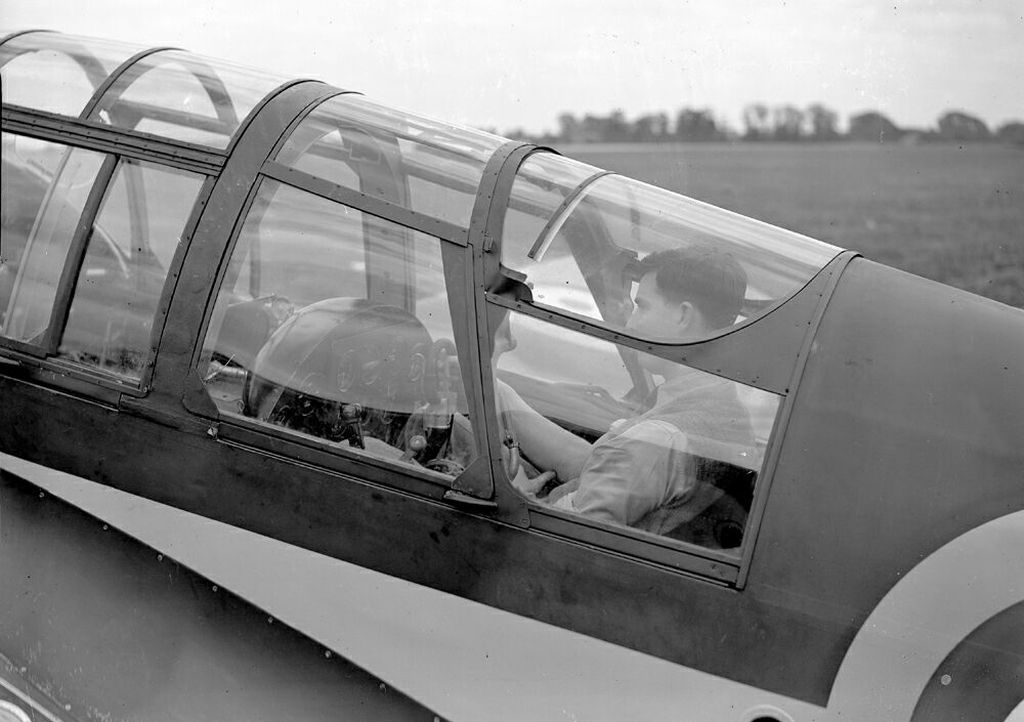
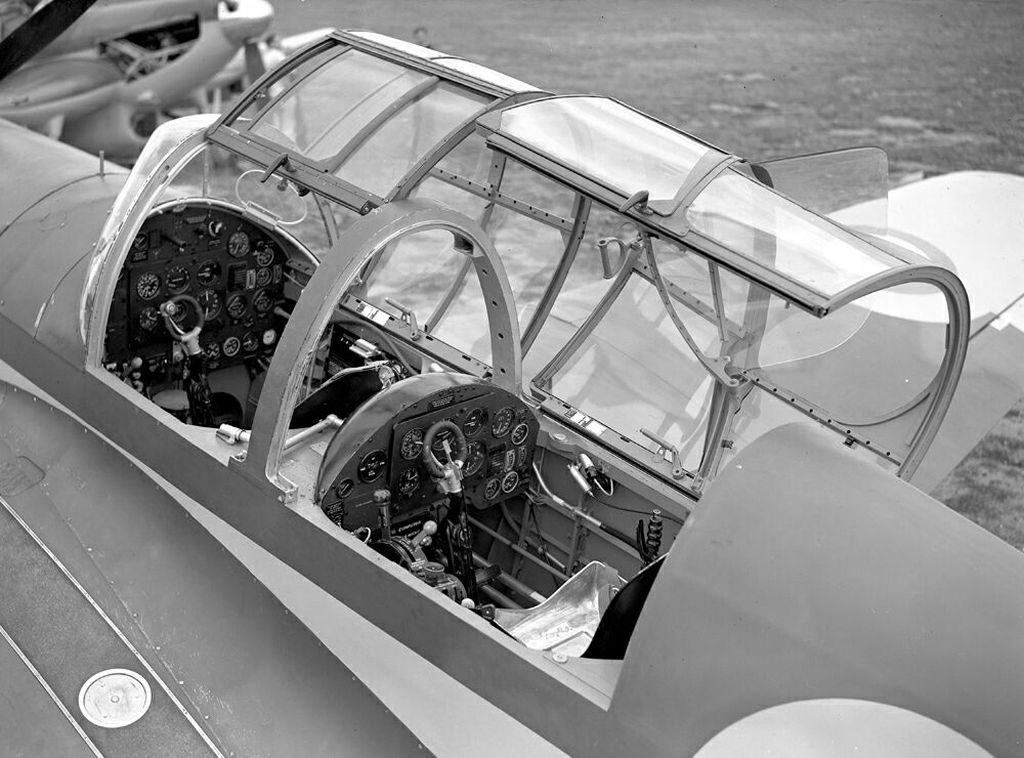

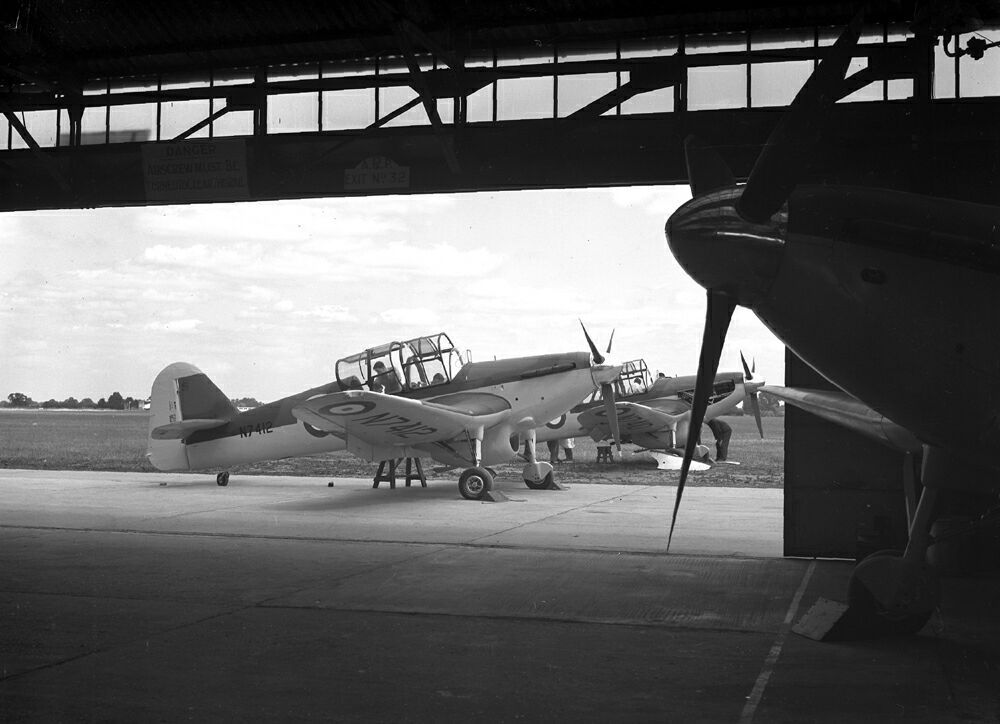

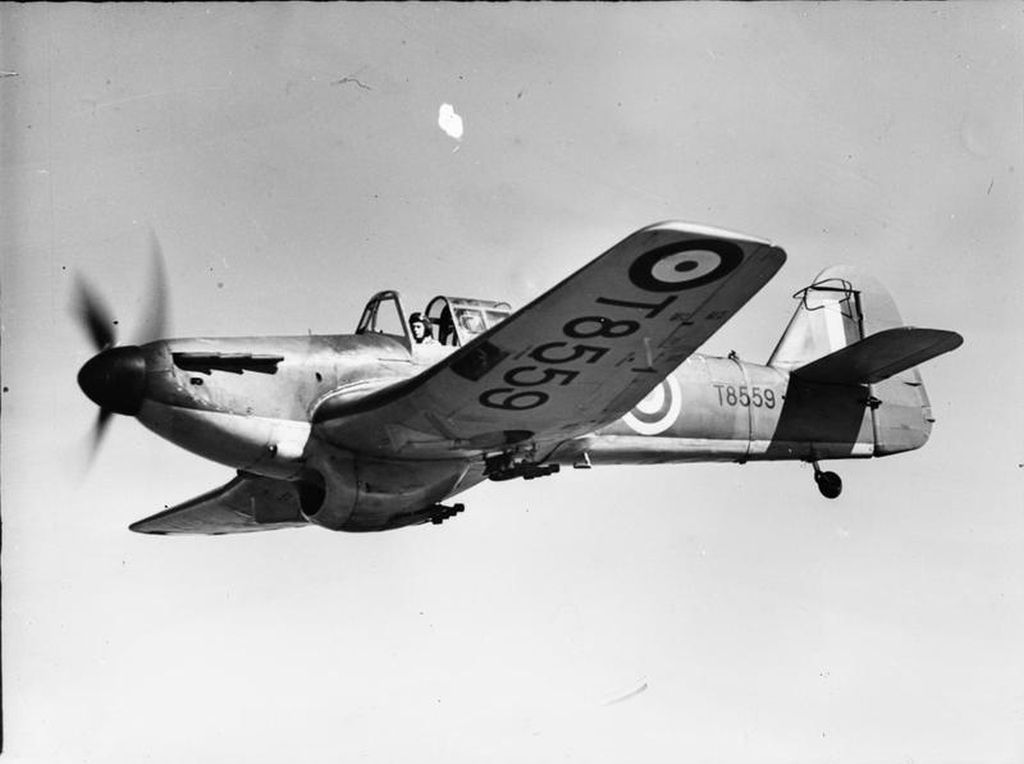
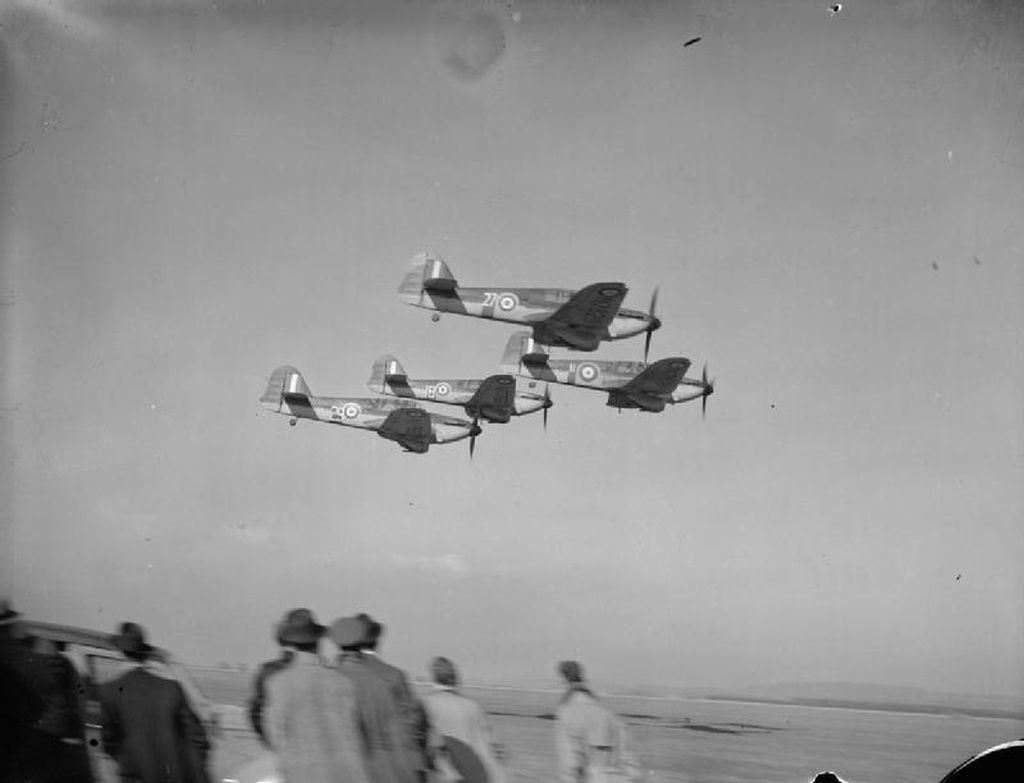
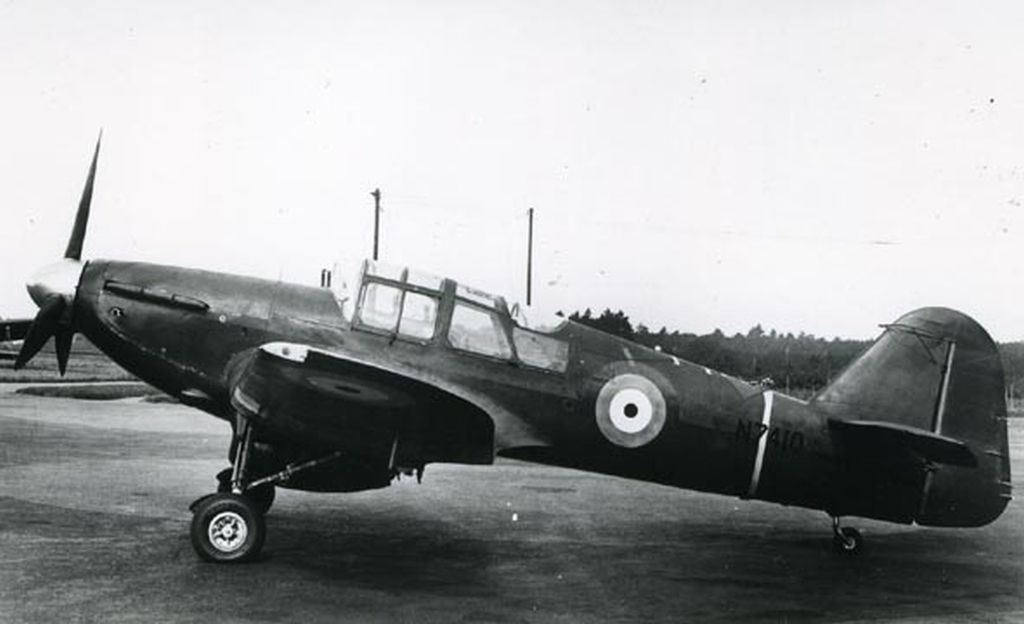
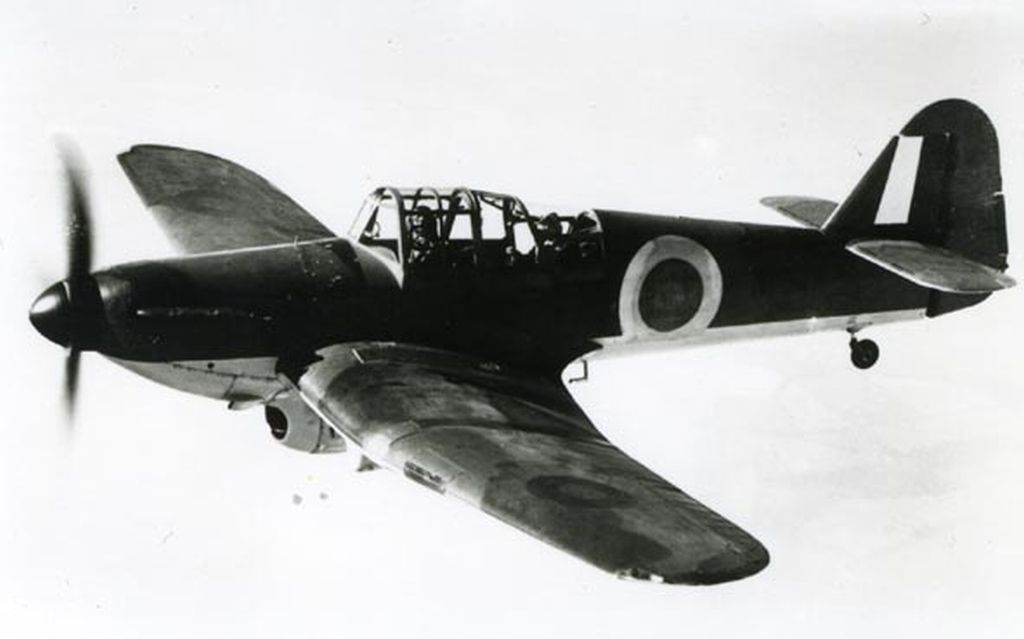
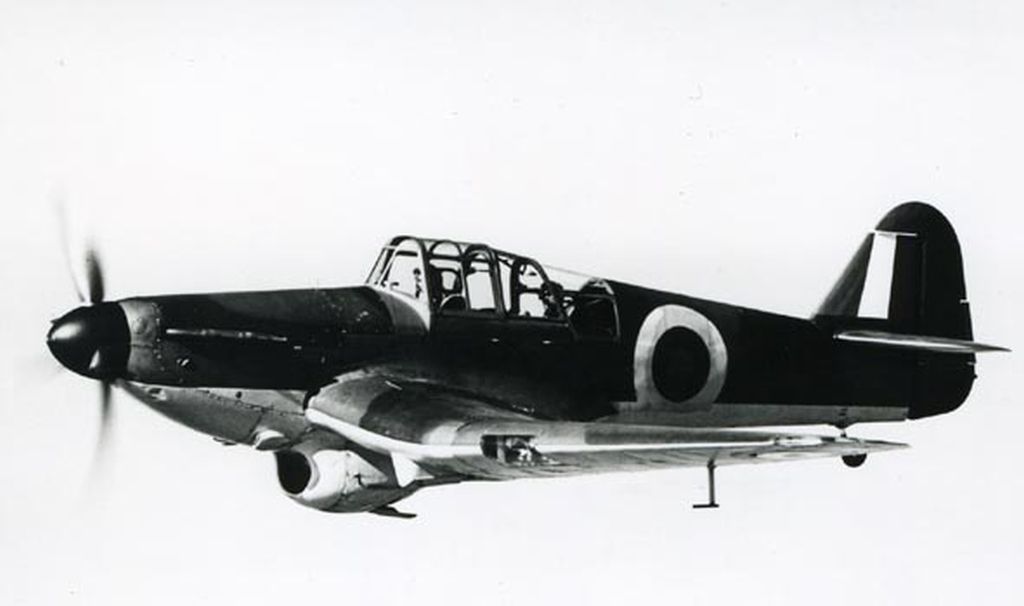

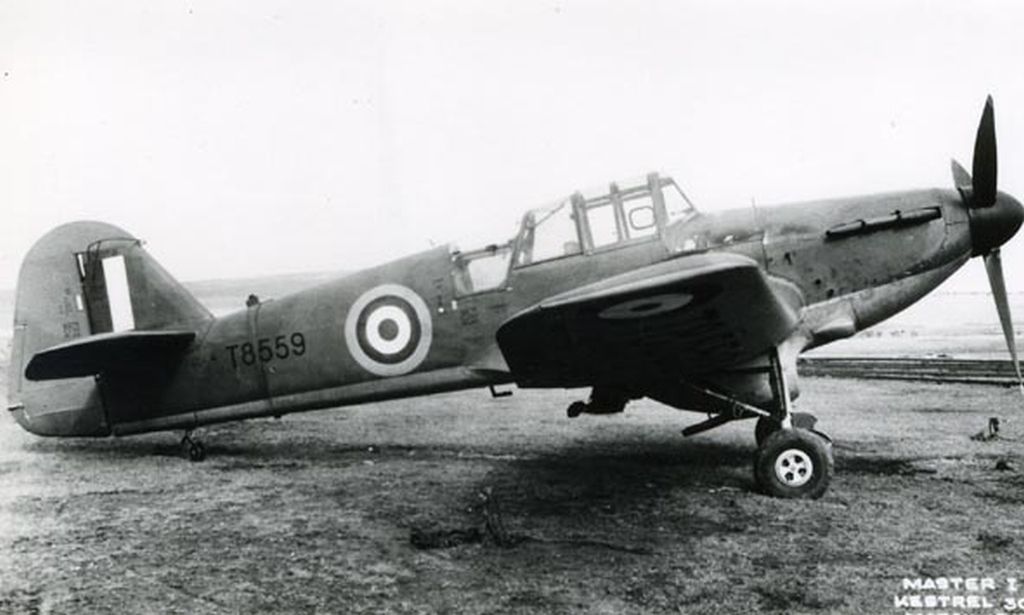
When production of the Kestrel engine ceased, a new variant of the Master was designed to use the 870 hp (650 kW) air-cooled radial Bristol Mercury XX engine. The first M.19 Master II prototype flew on 30 October 1939 and 1,748 were eventually built. When the Lend-Lease programme began to supply engines from the United States, a third variant of the Master, the M.27 Master III was designed, powered by the American 825 hp (615 kW) Pratt & Whitney Twin Wasp Junior two-row radial engine. A total of 602 Master IIIs were built before production of the Miles Martinet took over in 1942.
In trainer form, the Master was equipped to carry eight practice bombs, plus one .303 in Vickers machine gun mounted in the front fuselage. In 1942, all variants had their wings clipped by three feet (one metre) to reduce stress on the wings and increase maneuverability.
All of the 3,227 Masters produced were built by Phillips and Powis Aircraft Limited at Woodley, Berkshire, South Marston, Swindon, Wiltshire, and Doncaster, South Yorkshire, the largest number produced of any Miles aircraft type.
Notably, the mass production of this aeroplane at Woodley required the major expansion of the original Phillips & Powis factory - officially opened on 20 January 1939 by the Secretary of State for Air, Sir Kingsley Wood - and featured a pioneering moving track assembly line - believed to be the first such facility ever seen in any British aircraft factory. A similar facility was also installed in the company's shadow factory at South Marston by the end of 1940.
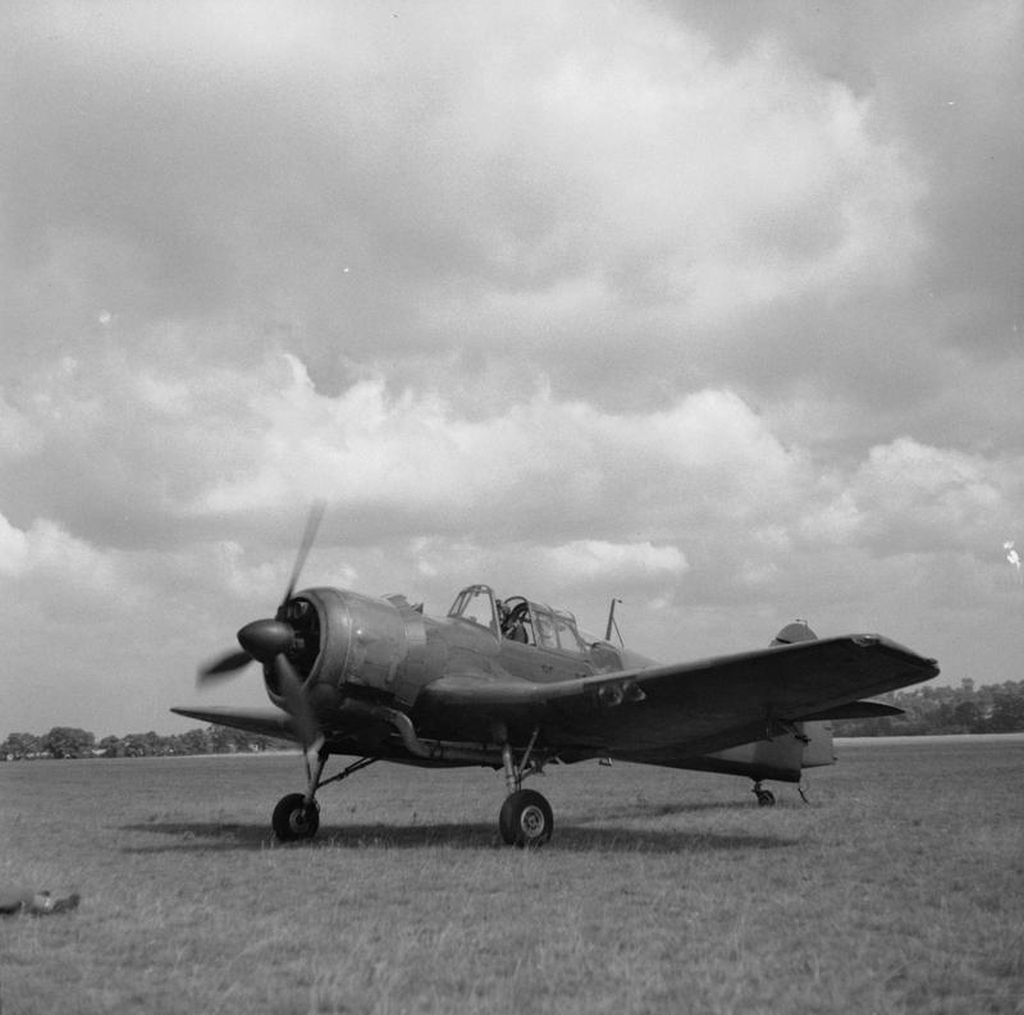
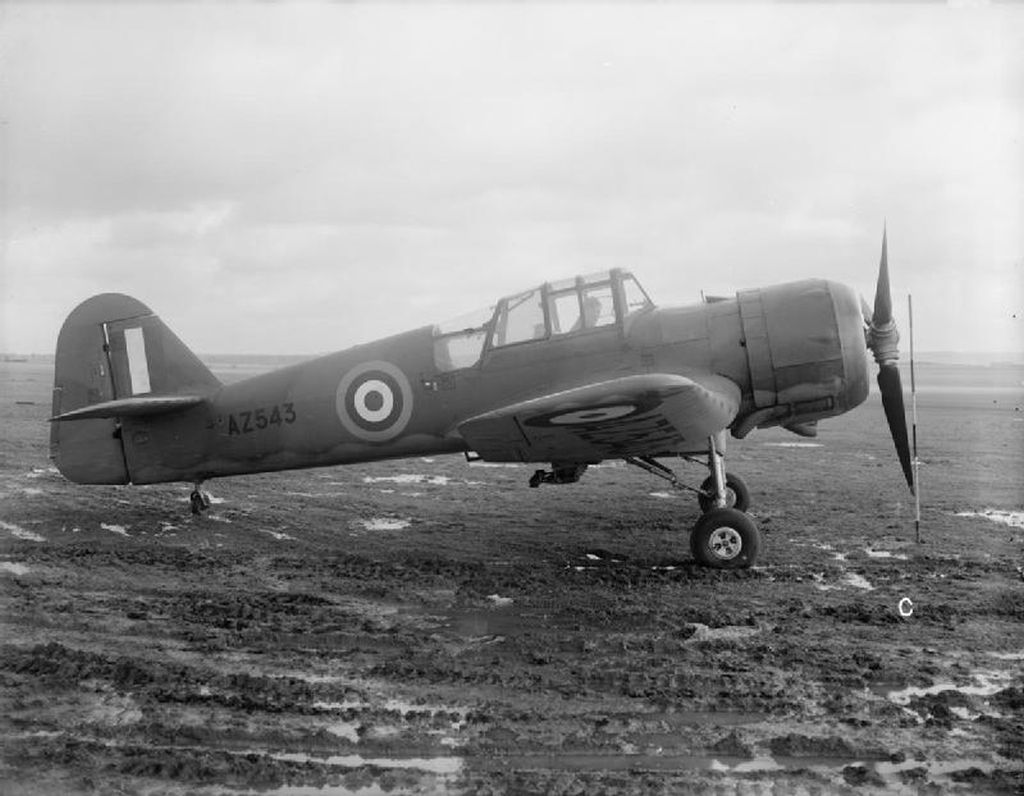

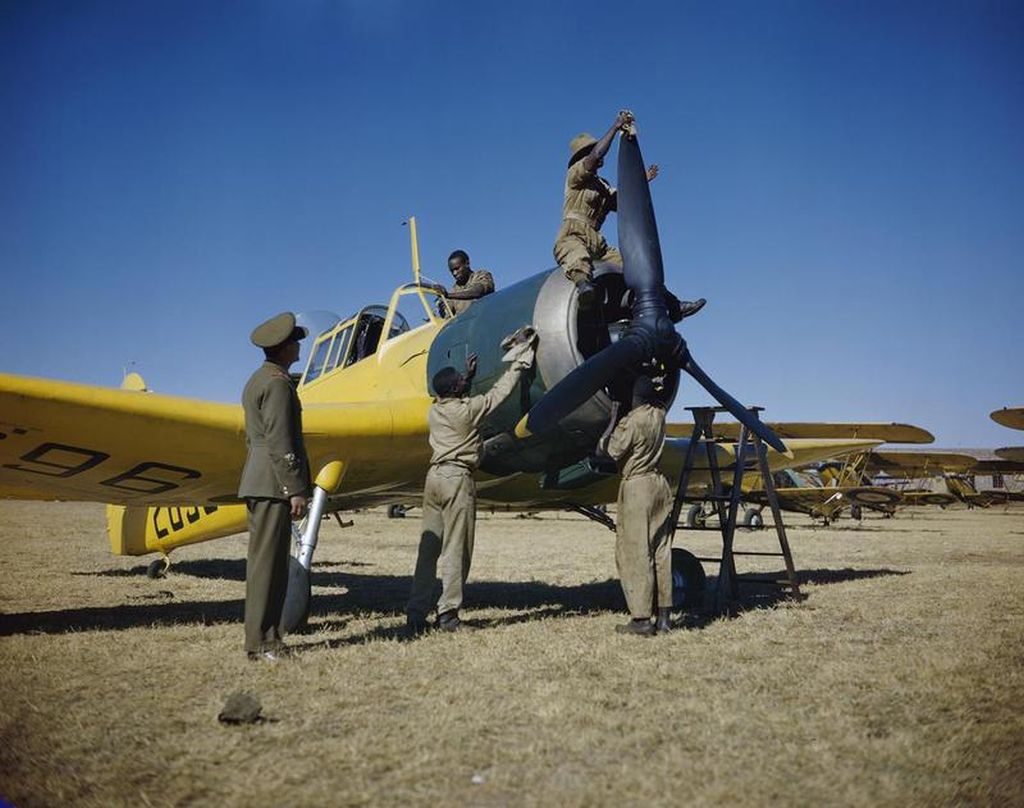
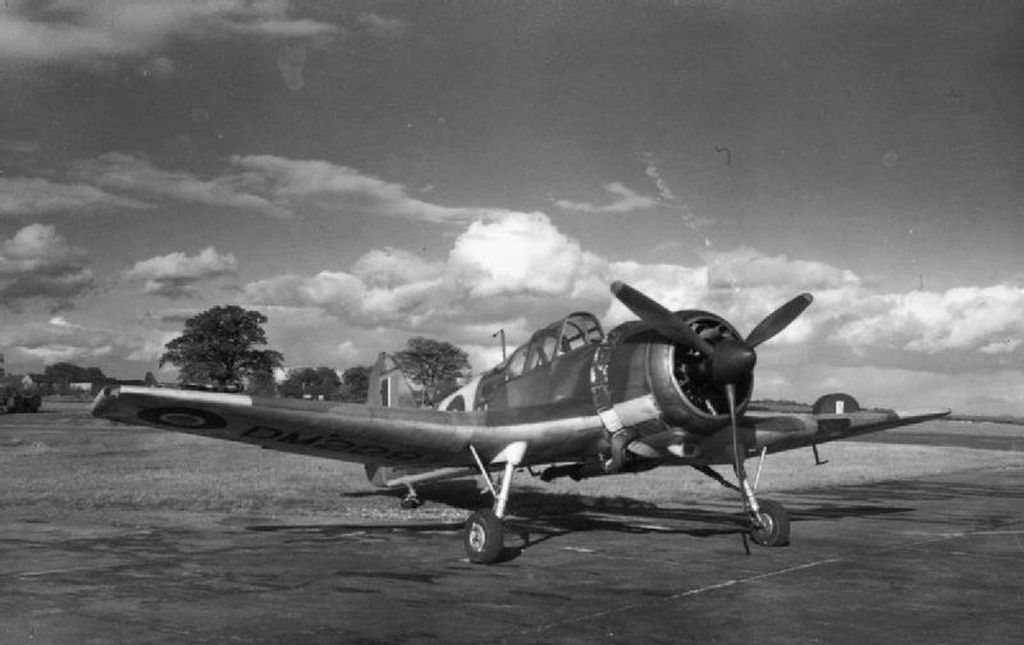
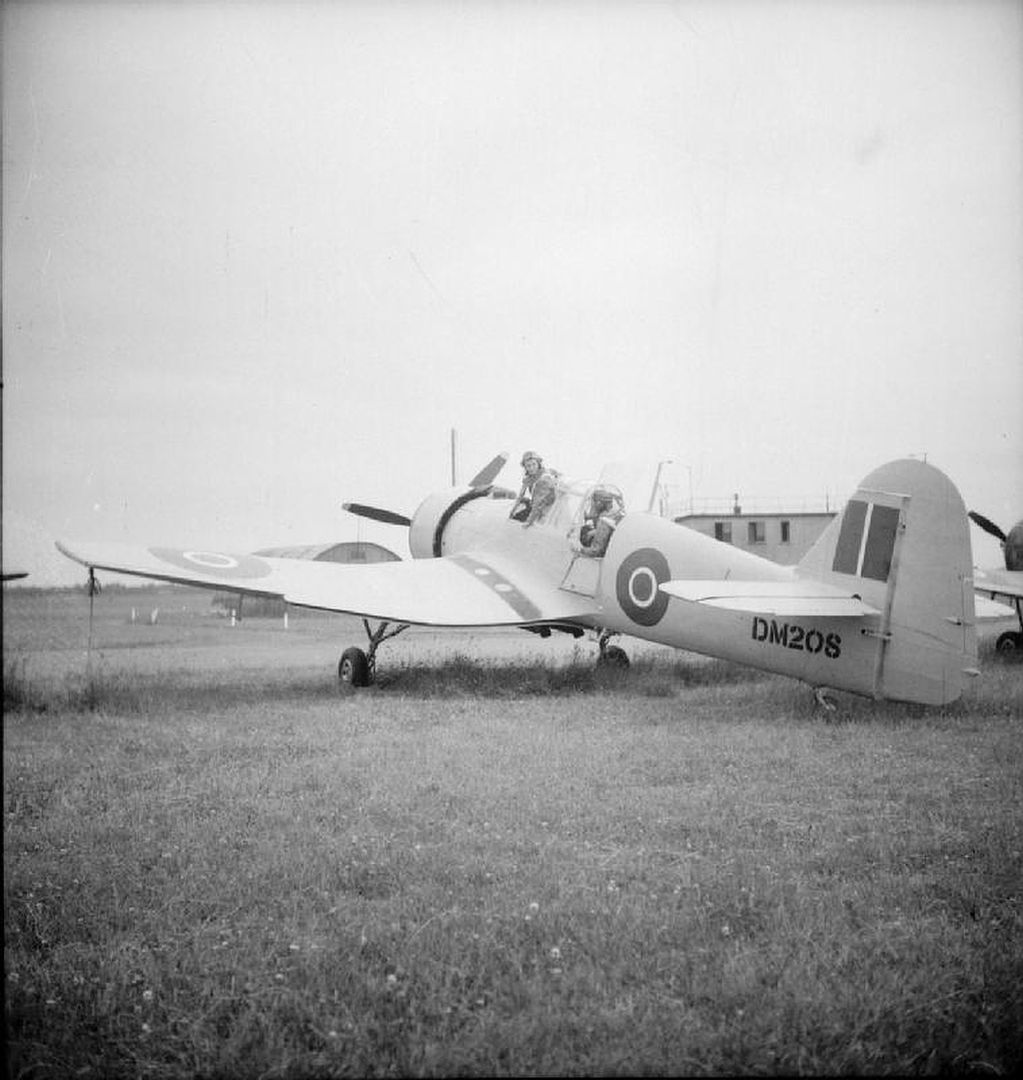
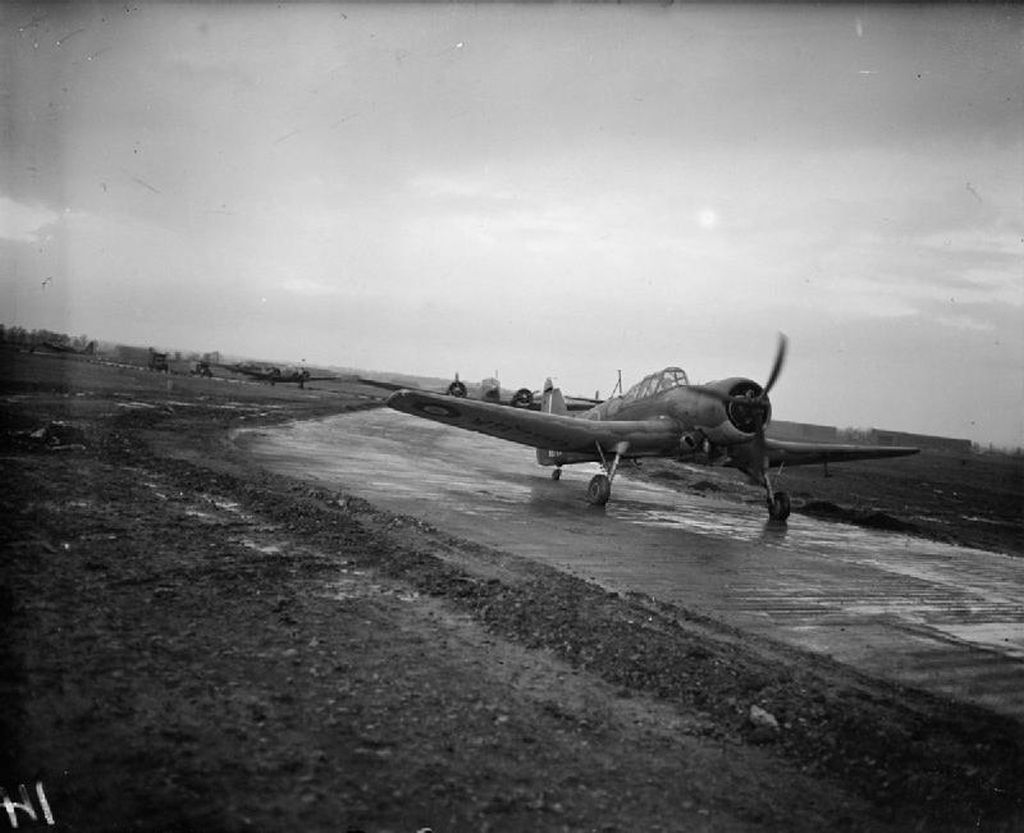
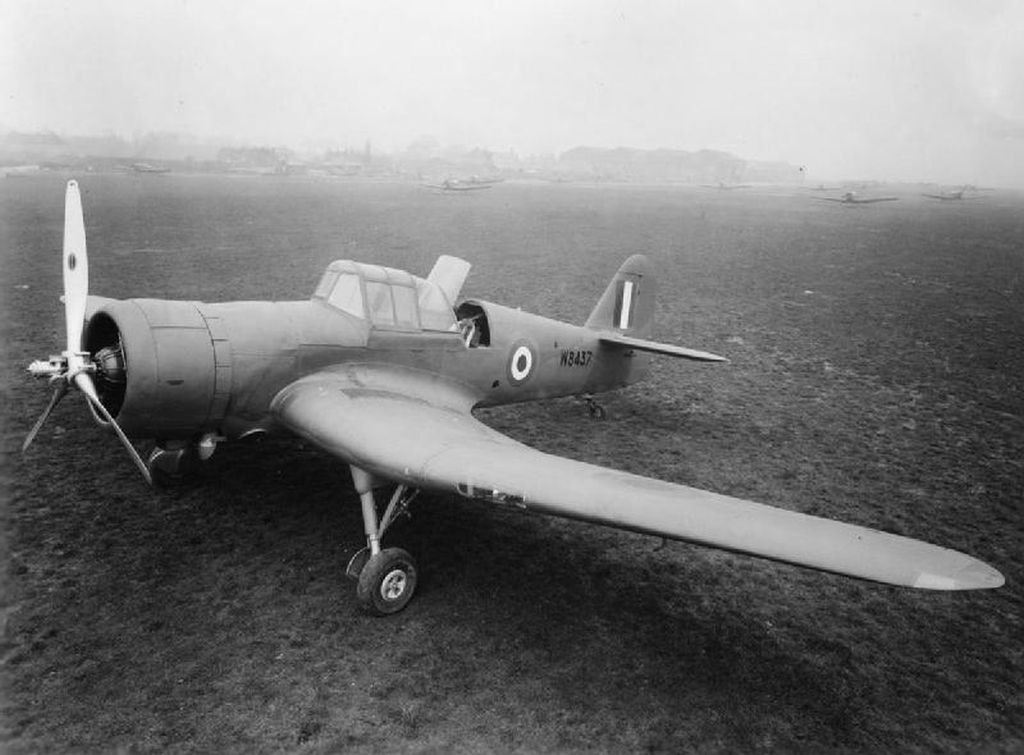
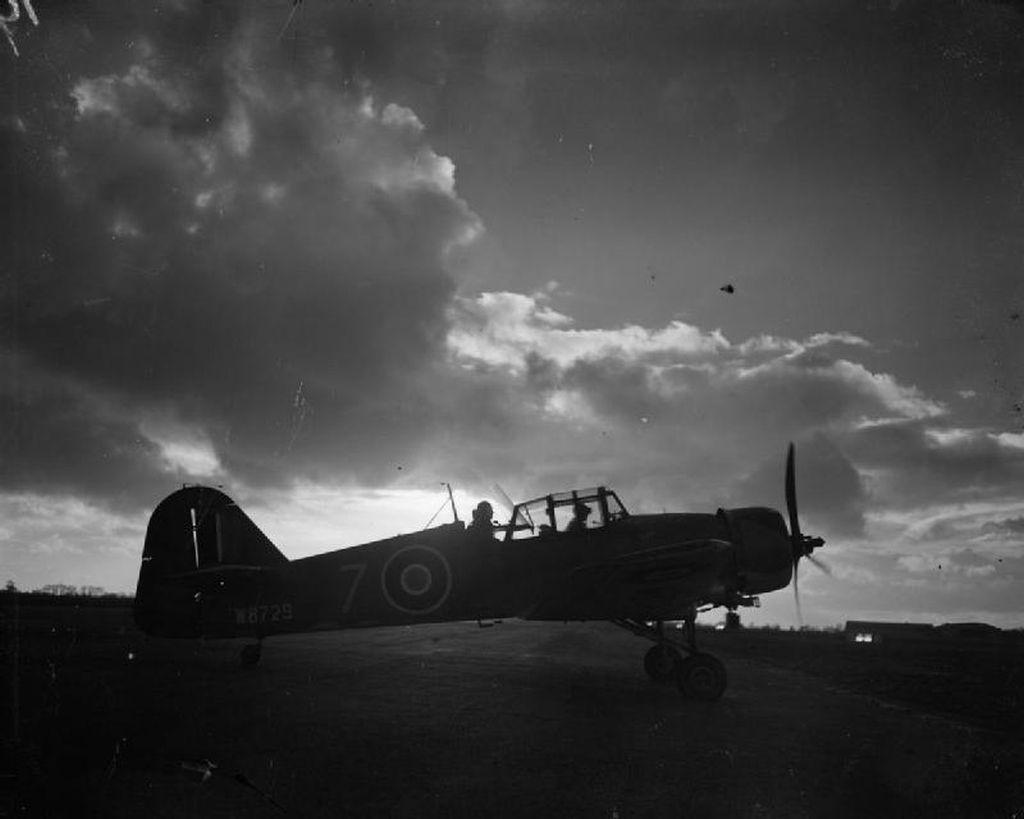
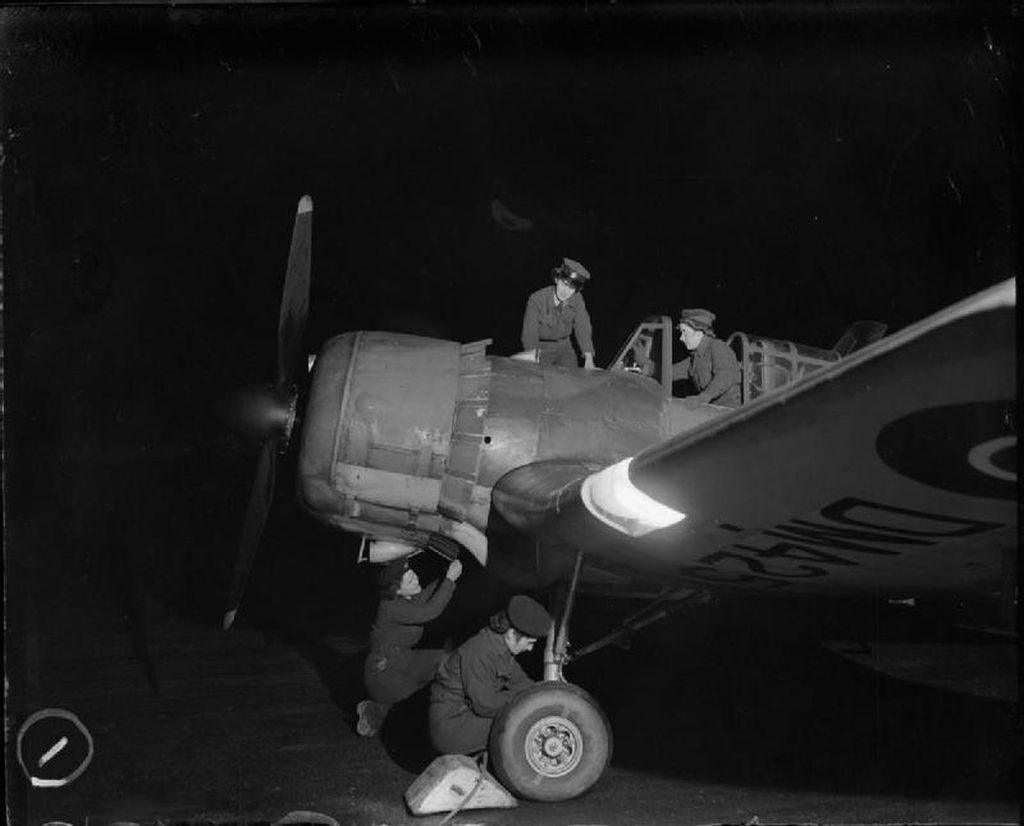

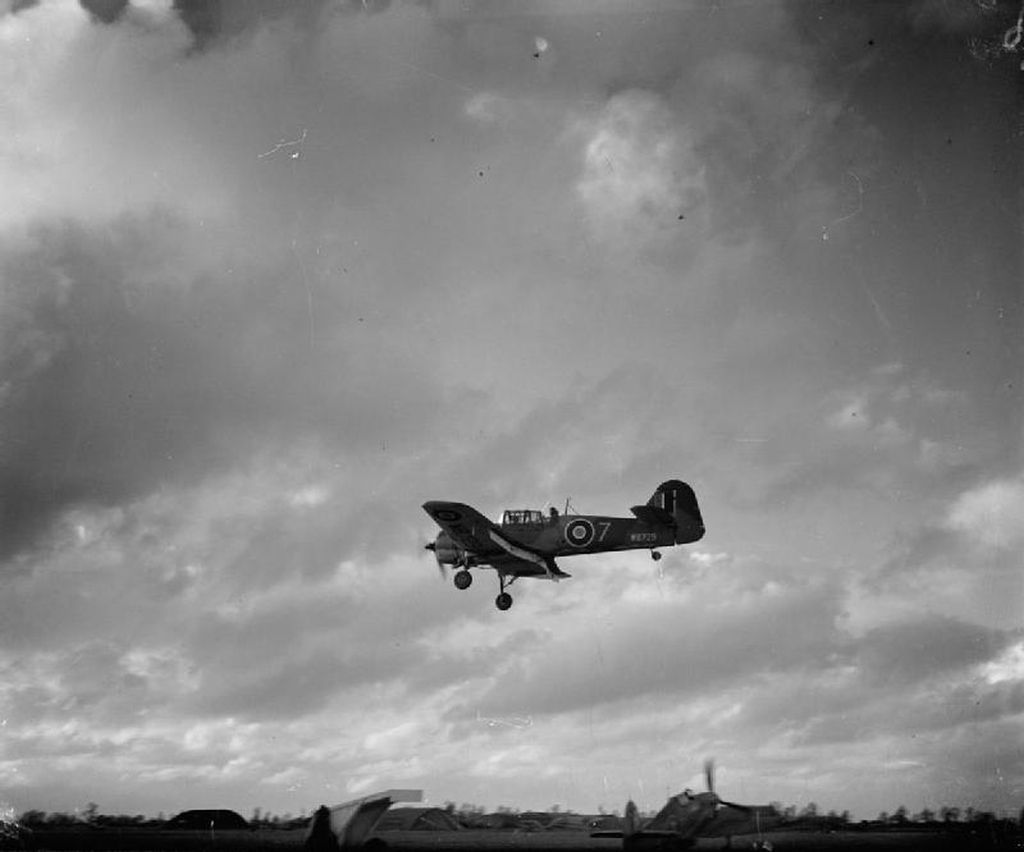
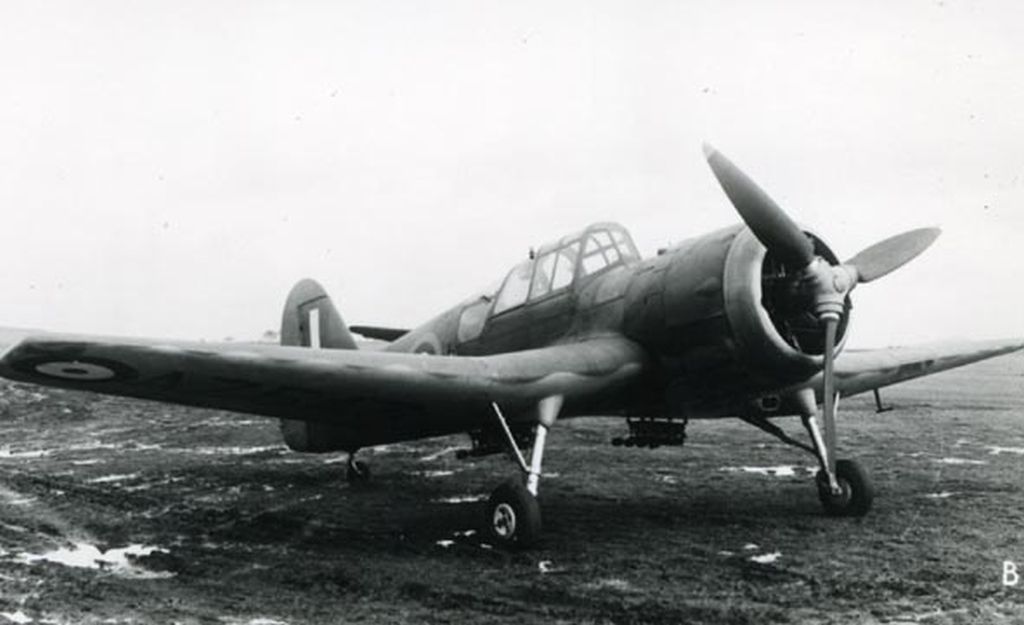

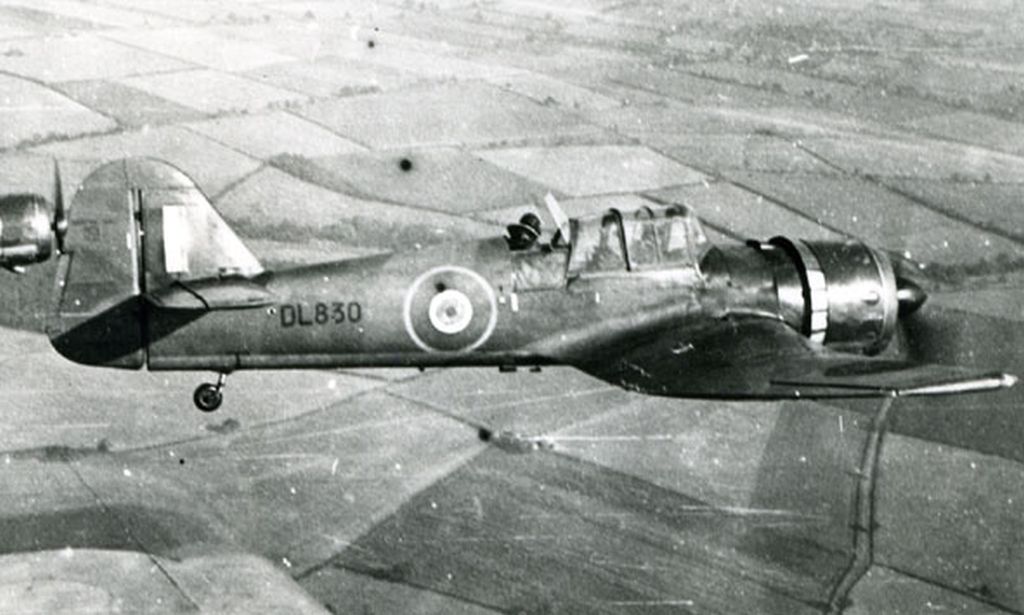
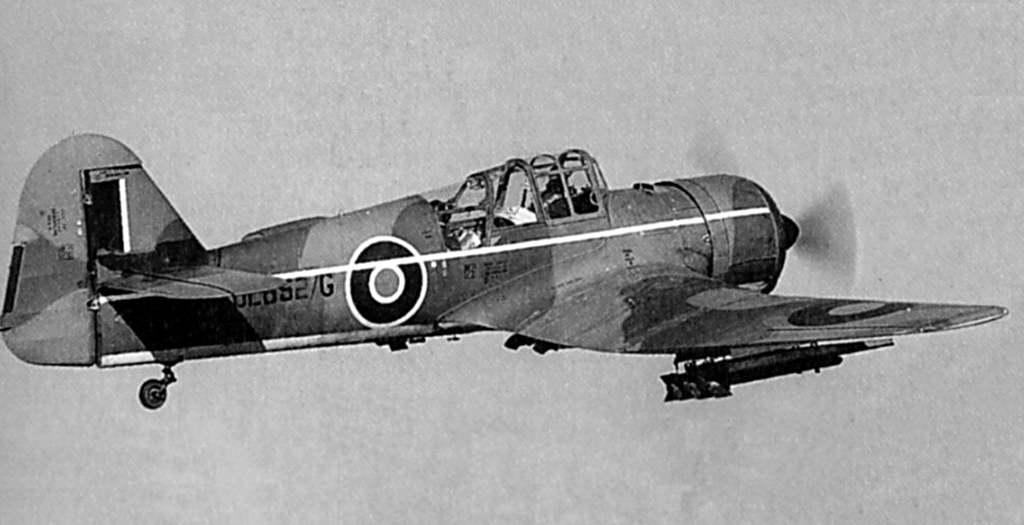
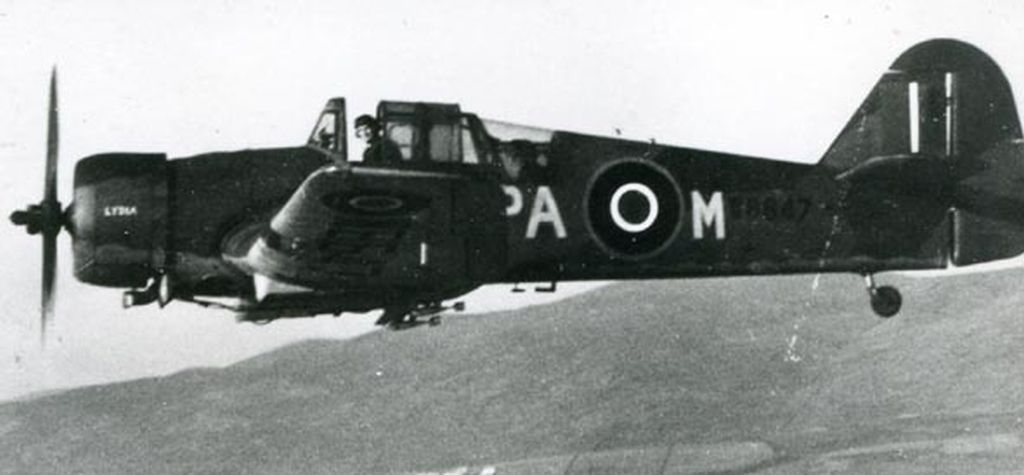
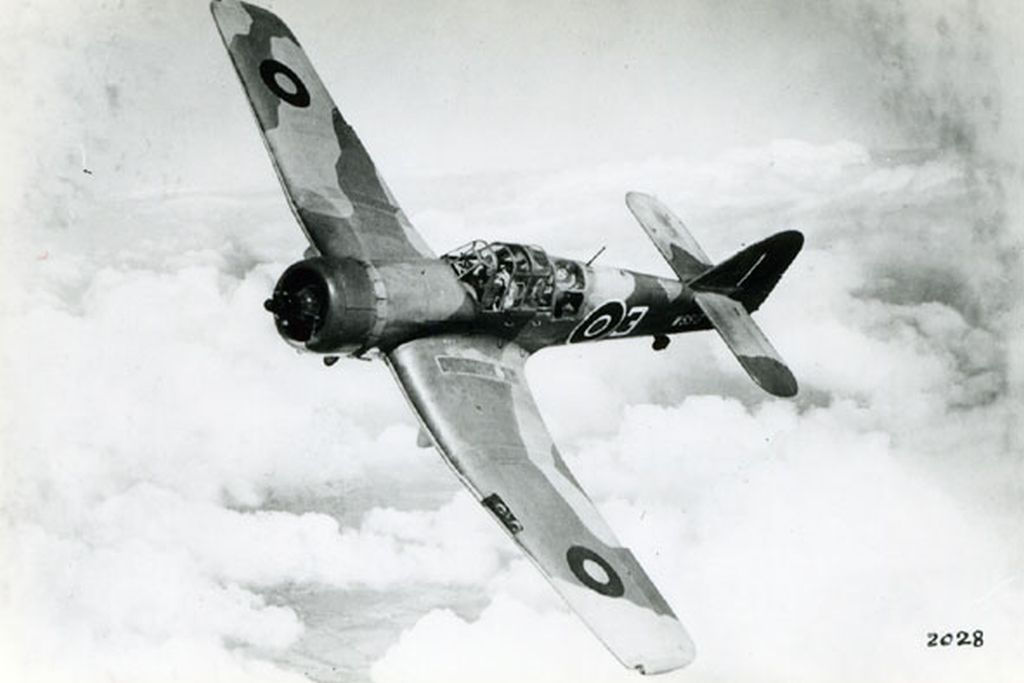
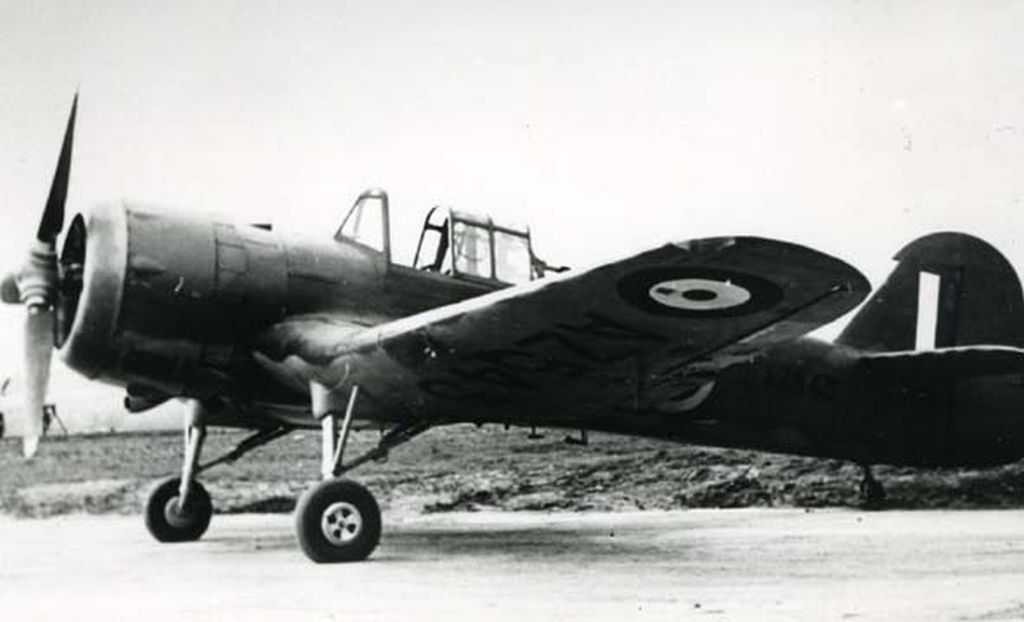
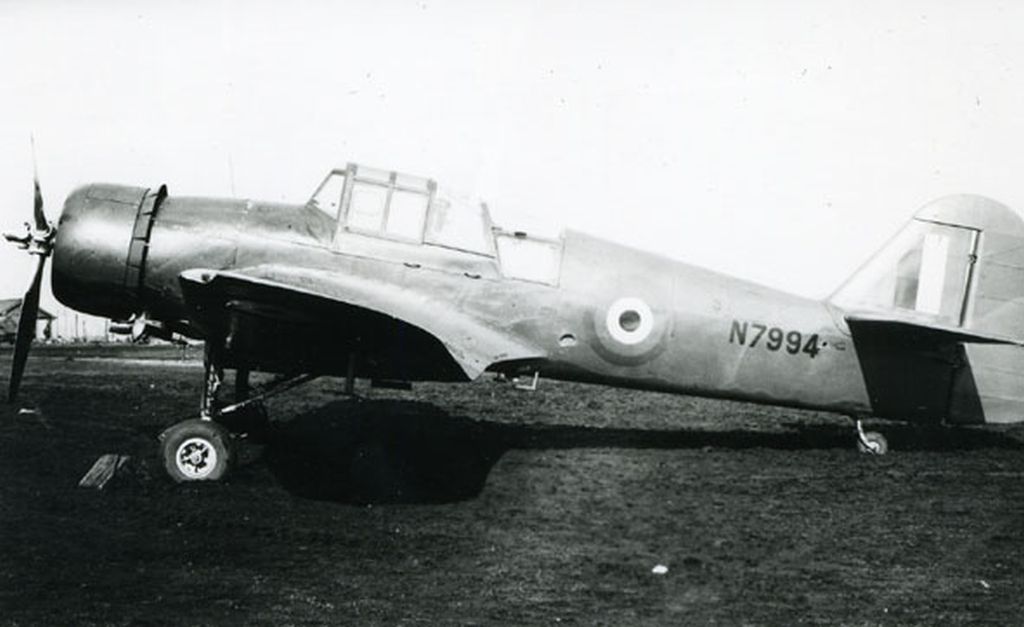
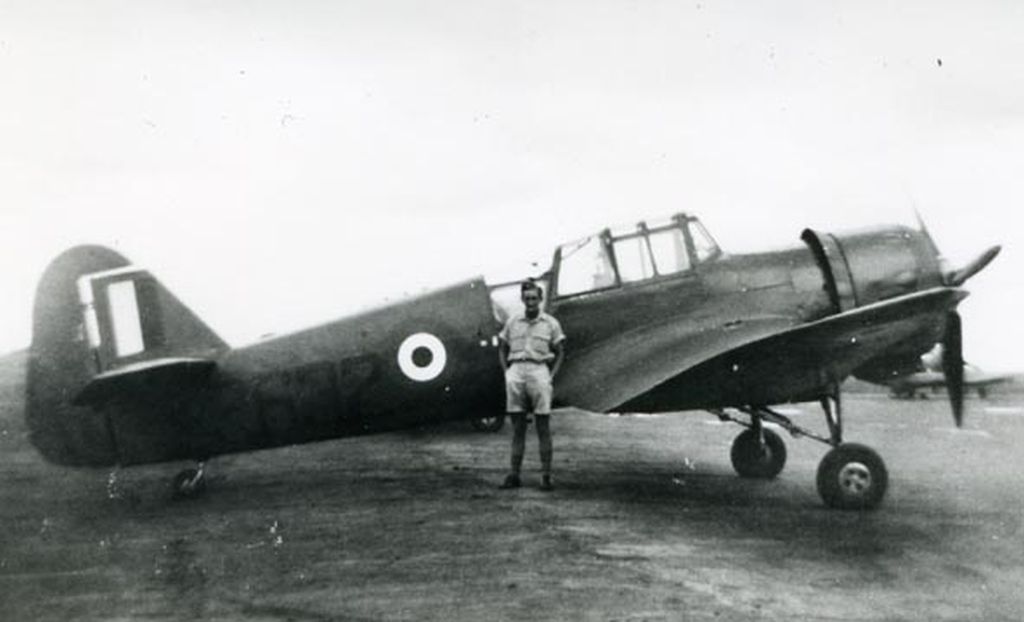
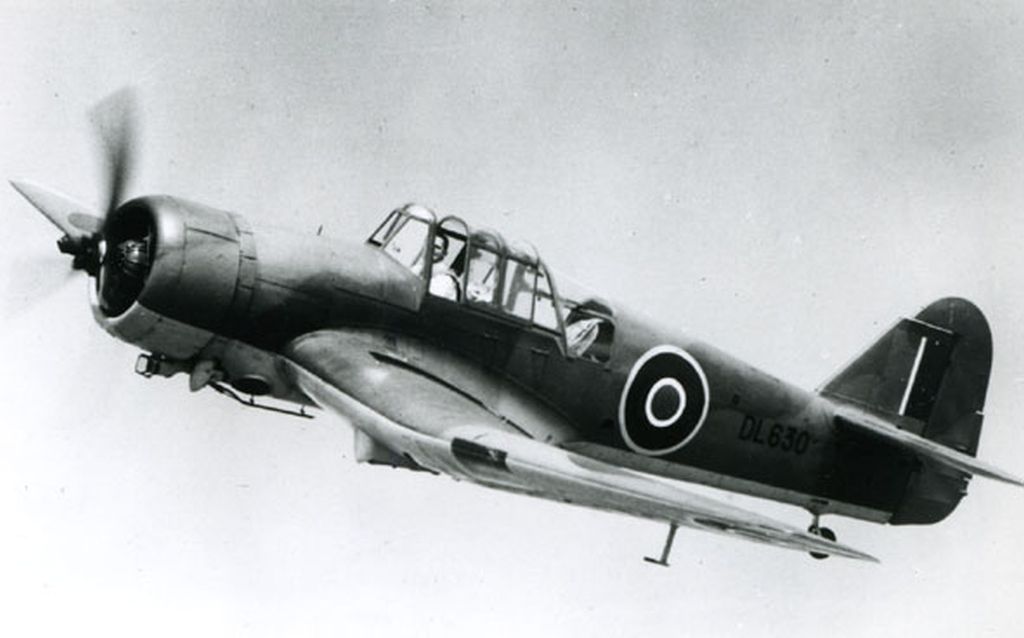
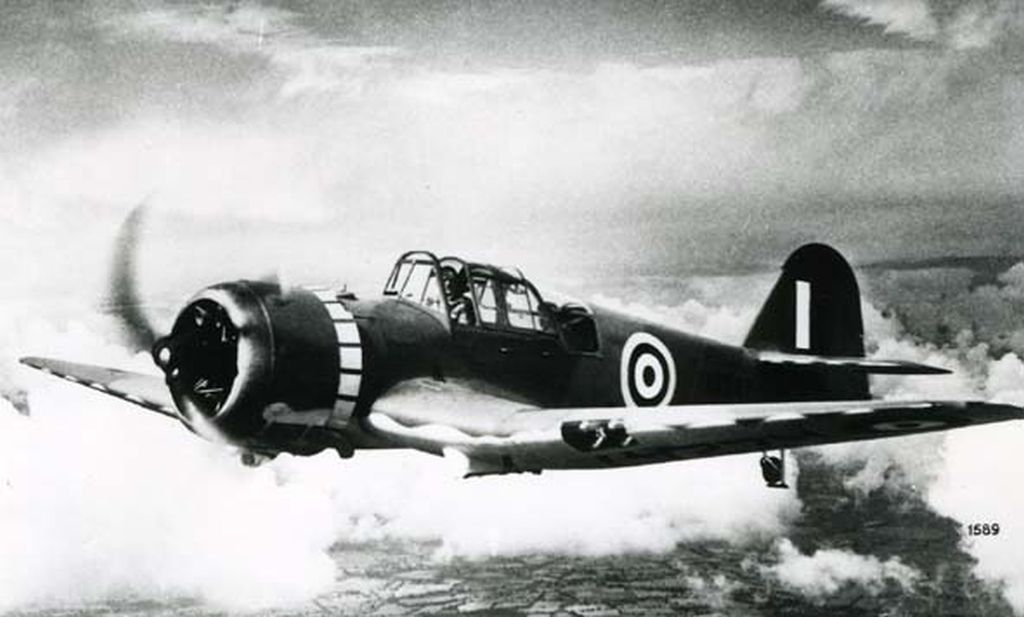
Service use primarily revolved around (Pilot) Advanced Flying Units, while several hundred Miles Master IIs were converted, or delivered new, for the glider-towing role, with the bottom of the rudder cut away to allow fitting of a towing hook. Miles Masters were extensively used from 1942 as tugs for Hotspur gliders at Glider Training Schools. Examples were also operated by the RAFs Anti-aircraft Co-operation units for liaison with army units.
Mainly initially used for training, few aircraft thus entered squadron service. Known deployments were to No. 287 Squadron RAF between February and August 1942, to No. 286 Squadron RAF from November 1944 to February 1945 and to No. 613 Squadron RAF between August 1941 and October 1943.
Miles Master IIs were used for target tug purposes at the Central Gunnery School whilst the School was based at RAF Sutton Bridge from April 1942 to March 1944. In this role, they pulled the drogue targets required for aerial gunnery training by pupils at the Pilot Gunnery Instructors' Training Wing. The Miles Martinet, a derivative of the Master, was a developed specifically to be a target tug and would see widespread use.
Diversions from RAF stocks included 426 to the South African Air Force, 52 to the Fleet Air Arm, nine to the USAAF in the UK, 23 to the Royal Egyptian Air Force and, early in 1945, 23 to Turkey. Fourteen also went to the Irish Air Corps and two to Portugal.
No examples survive today, although a few outer wings and other parts are held by several UK aviation museums.
General characteristics
Crew: Two (instructor and student)
Length: 29 ft 6 in (8.99 m)
Wingspan: 39 ft 0 in (11.89 m)
Height: 9 ft 3 in (2.82 m)
Wing area: 235 sq ft (20.83 m?)
Empty weight: 4,293 lb (1,947 kg)
Max. takeoff weight: 5,573 lb (2,528 kg)
Powerplant: 1 ? Bristol Mercury XX 9-cylinder supercharged air-cooled radial engine, 870 hp (623 kW)
Performance
Maximum speed: 242 mph (389 km/h) at 6,000 ft (1,830 m)
Range: 393 mi (342 nmi, 632 km)
Service ceiling: 25,100 ft (7,650 m)
Armament
Guns: 1 ? .303 in Vickers K machine gun.
-
 Level 7Thanks again for yet another superb article.
Level 7Thanks again for yet another superb article.
Post a reply
- Go to Previous topic
- Go to Next topic
- Go to Welcome
- Go to Introduce Yourself
- Go to General Discussion
- Go to Screenshots, Images and Videos
- Go to Off topic
- Go to Works in Progress
- Go to Skinning Tips / Tutorials
- Go to Skin Requests
- Go to IJAAF Library
- Go to Luftwaffe Library
- Go to RAF Library
- Go to USAAF / USN Library
- Go to Misc Library
- Go to The Ops Room
- Go to Made in Germany
- Go to Campaigns and Missions
- Go to Works in Progress
- Go to Juri's Air-Raid Shelter
- Go to Campaigns and Missions
- Go to Works in Progress
- Go to Skinpacks
- Go to External Projects Discussion
- Go to Books & Resources
